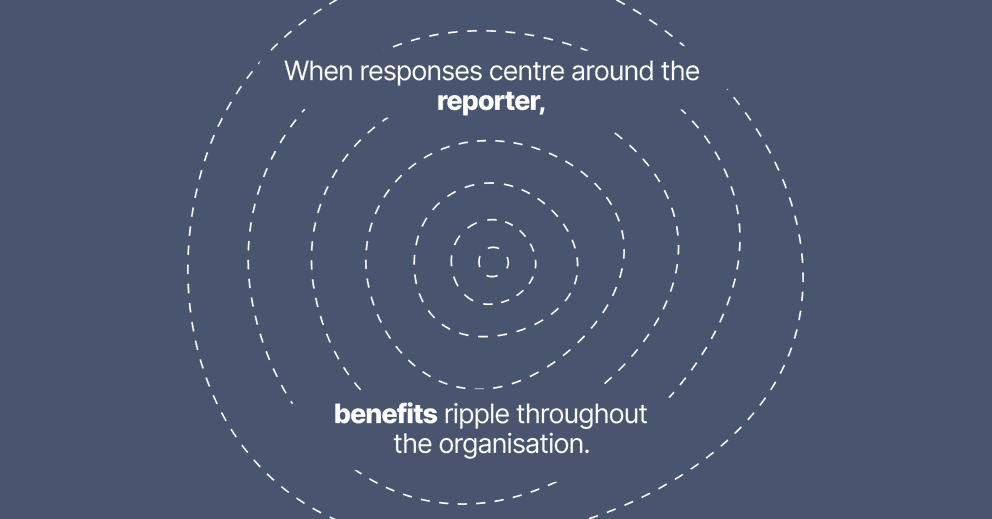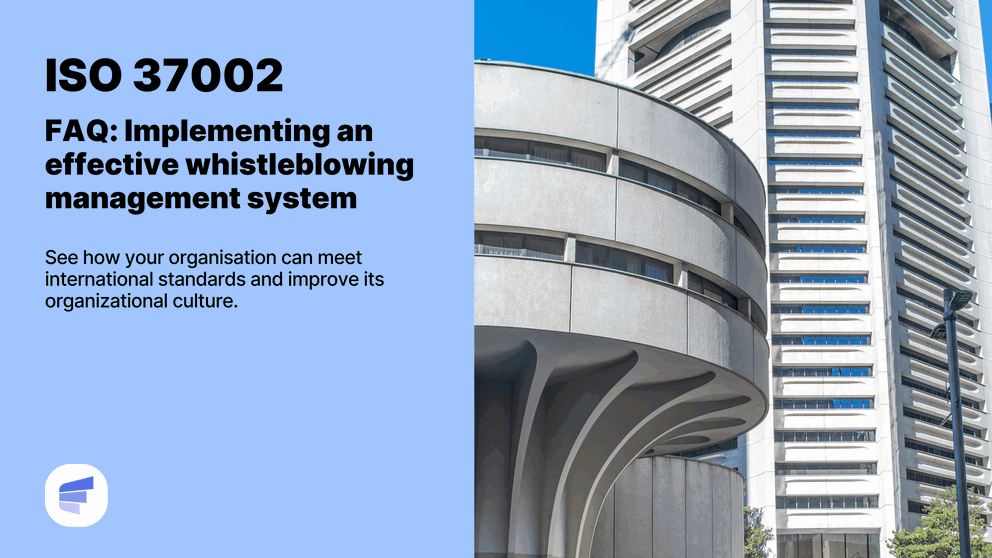Building trust through confidentiality and transparency: encouraging reporting and better outcomes

Establishing trust within an organisation is essential in fostering a safe and supportive environment for employees. Striking a balance between confidentiality and transparency is crucial in encouraging reporting and ensuring better outcomes in addressing workplace sexual harassment. This blog post discusses the importance of balancing confidentiality and transparency and how doing so can positively impact employees’ willingness to report incidents. Understanding Employees’ Fears:
Before making a report, employees might have a range of fears that could prevent them from coming forward:
- They might not believe they will be taken seriously.
- They may feel alone or like they’re causing a fuss.
- They might not know who to speak to within the organisation.
- They could be concerned about the lack of anonymity or potential retaliation.
Building Trust Through Transparency:
By providing properly de-identified data about the types of matters being reported and the outcomes achieved, businesses can minimise employees’ doubts and fears, motivating them to come forward with their concerns. This level of transparency sends a strong message that the organisation takes these matters seriously and is committed to creating a safe and supportive environment. Promoting Open Communication:
- Encourage open conversations about workplace harassment and the organisation’s efforts to address it.
- Provide regular updates on the progress of investigations or actions taken in response to reported incidents.
- Offer opportunities for employees to ask questions and share their concerns in a safe and supportive setting.
Steps to Ensure Confidentiality and Transparency:
- Develop a process for de-identifying data to protect sensitive information and maintain privacy.
- Share information about reporting channels, ensuring that employees understand their options and feel empowered to come forward.
- Communicate how the organisation has responded to previous reports, demonstrating a commitment to addressing concerns and providing support to employees.
- Reinforce the importance of confidentiality, emphasising the organisation’s dedication to protecting the privacy of employees who report incidents.
- Implement a robust reporting system that allows for anonymous reporting and protects the identities of those involved.
Training and Education:
- Provide training for all employees on the organisation’s policies and procedures related to workplace harassment.
- Offer specialised training for managers and HR professionals on handling reports and maintaining confidentiality and transparency.
- Share resources and educational materials to help employees better understand their rights and responsibilities.
Balancing confidentiality and transparency is essential in building trust and fostering a workplace culture where employees feel safe and supported. By implementing strategies to share information while maintaining privacy, organisations can encourage reporting and achieve better outcomes in addressing workplace sexual harassment.


